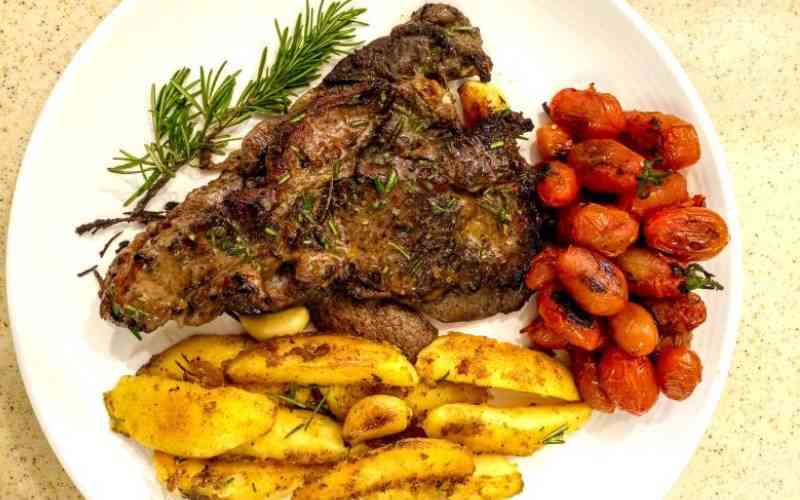 High blood pressure is a practically invisible disease with a few subtle symptoms. And even after you’ve been diagnosed, it can seem pretty harmless and easy to ignore. But, if not properly cared for, its progressive effects can put you at risk for heart disease, stroke even kidney disease.
High blood pressure is a practically invisible disease with a few subtle symptoms. And even after you’ve been diagnosed, it can seem pretty harmless and easy to ignore. But, if not properly cared for, its progressive effects can put you at risk for heart disease, stroke even kidney disease.
What causes high blood pressure? Research shows that high salt and sodium intake plus low potassium intake – due to not eating enough fruits and vegetables – and excessive alcohol consumption can contribute to developing high blood pressure.
Here are the foods to avoid:
Processed meats: Any meat preserved by smoking, curing, salting or with the addition of chemical preservatives fit into this category, including ham, bacon, sausage, hot dogs and luncheon meats.
“In a three-ounce serving of most of these meats it’s easy to swallow 1,200 mg of sodium,” says The Nutrition Twins.
And if you have high blood pressure you’ve already almost met your daily quota for sodium, which should be less than 1,500 milligrams per day.
Advice: Steer clear of these meats or at least opt for reduce sodium varieties.
Frozen Pizza: “The combination of salty foods spells trouble for blood pressure. The dough, tomato sauce, cheese and then processed meats added on top can cause an individual serving of frozen pizza to clock in at close to 2400 mg sodium,” says The Nutrition Twins.
Advice: Make your own with low fat cheese, lean meat and extra veggies.
Chinese Food: The sauce in Chinese dishes is loaded with sodium. “ Something as innocent-sounding as Beef with Broccoli can have 3,752 mg sodium,” says The Nutrition Twins, and “that’s thanks to things used in the cooking like soy sauce and Teriyaki sauce that have about 1,000 mg of sodium in just a tablespoon.”
Advice: Order your sauce on the side and use it sparingly.
Ready-to-eat boxed meals and side dishes: Along with the convenience comes a hefty dose of sodium. A 5-ounce frozen turkey and gravy dinner can have 787 milligrams of sodium. Half of a 16.5 ounce chicken pot pie can pack 800 milligrams of sodium.
Advice: Look for brands with less sodium.
Sugar-sweetened beverages: “We tend to associate excess sugar with higher blood sugar and diabetes” says Moore. “However, excess sugar intake has been linked to high blood pressure levels as well.”
Advice: Keep added sugars at a minimum. You can do this by avoiding sugary beverages like soft drinks, iced tea and fruit punch.
Canned and pickled vegetables and vegetable juice: While a great substitute when fresh is not available, canned and pickled vegetables are typically laden with preservatives or sauces and seasonings that add extra sodium. A cup of canned cream-style corn may contain 730 milligrams of sodium.
Advice – read the nutrition facts panel. Look for descriptions such as “no salt added” and “reduced sodium.”
Canned and instant soup: On average, a cup of canned chicken noodle soup contains as much as 760 milligrams of sodium. Eat the entire can — which makes two-and-a-half servings – and you’ll get 1,800 milligrams of sodium.
Advice: Look for brands with reduced-sodium or no salt added. For instant soup or oriental noodles, reduce the sodium by using half of the seasoning packet.
Canned Tomato Products and tomato juice: Canned tomato sauce and tomato juice are loaded with sodium. One cup of tomato juice contains 680 milligrams of sodium. One serving of spaghetti with meat sauce has over 1,300 milligrams of sodium.
Advice: Look for low or reduced sodium options.
Source: TheGrio
 The Standard Group Plc is a multi-media organization with investments in media platforms spanning newspaper print
operations, television, radio broadcasting, digital and online services. The Standard Group is recognized as a
leading multi-media house in Kenya with a key influence in matters of national and international interest.
The Standard Group Plc is a multi-media organization with investments in media platforms spanning newspaper print
operations, television, radio broadcasting, digital and online services. The Standard Group is recognized as a
leading multi-media house in Kenya with a key influence in matters of national and international interest.

